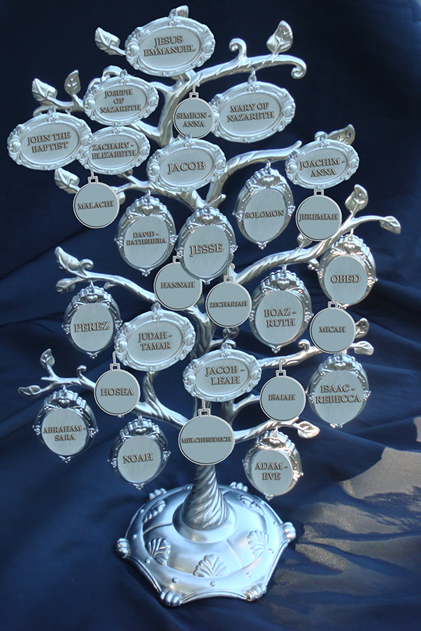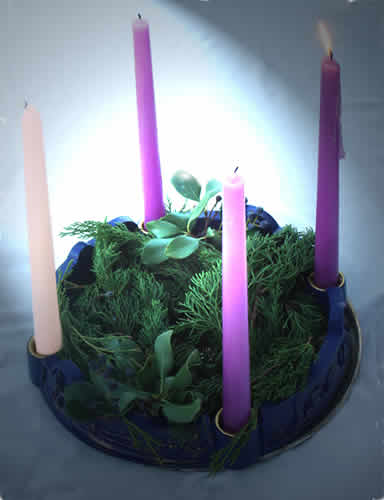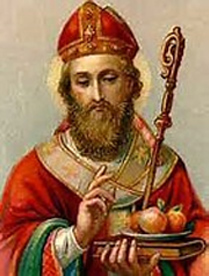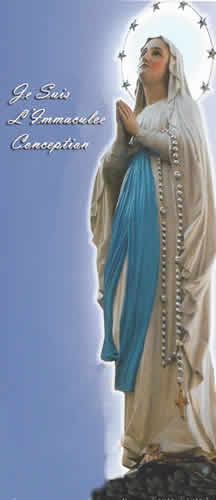|
|
|
|
|
ADVENT I |
| |
| |
The Jesse Tree |
| |
 |
| |
"A shoot shall come out from the stump of Jesse, and a branch shall grow out of his roots." |
Isaiah 11:1 |
| |
| |
This passage from Isaiah is the basis for the Jesse Tree, which has become a symbol of Christ's heritage, or roots, and God's covenant with the Jewish people. Very popular in church art in the Middle Ages, the Jesse tree appeared on candlesticks and stained-glass windows. According to interpretations of this passage: "A shoot shall come out from the stump of Jesse, and a branch shall grow out of his roots, "the stump symbolizes the family of the Jews; the shoot, Mary; and the branch, Jesus.
In the Old Testament, Jesse, the son of Obed, was a poor farmer who lived in Bethlehem. He had eight sons, the youngest of whom was David. As a boy, David was anointed by Samuel to succeed Saul as king of the Israelites. Christ the Savior was to be born of the house of David in Bethlehem.
|
| |
Jesus' ancestry included prophets, kings and priests a well as ordinary people. The Gospel of St Matthew begins with Abraham and traces his descendants down to Joseph, the husband of Mary. The names are arranged in three stages of fourteen generations each. |
| |
| St Luke, on the other hand, begins with Joseph and goes back beyond Abraham through Eber, father of the Hebrew people, past Noah, Methuselah, and Seth to Adam, the Son of God. |
| |
| Both mention David and Jesse, Obed and Boaz, the husband of Ruth, a Gentile woman. Being known as the son of Joseph, the carpenter, thus establishes Jesus in the human race and identifies Him as the Son of David and the Son of Man. |
| |
| |
|
St. Nicholas |
| |
| St. Nicholas was a beloved bishop of the fourth century. He was born in Asia Minor and became bishop of Myra, a seaport. He is known for his generous and often anonymous charity, his love for children and defense of the poor and oppressed. When the Turks invaded Asia Minor, the Christians took his relics with them as they fled west to Bari, another seaport along the Mediterranean coast. In time, he became co-patron with St. Andrew of Scotland and Russia. |
| |
| The many accounts of St. Nicholas' miracles and goodness to those in distress made him a popular patron of sailors who carried his cult to every port they visited. They erected chapels in his honor which often became shrines welcoming many pilgrims. He became loved in virtually every nation, from Greece to Italy to Russia to Germany to the Netherlands to the New World. Wherever there was a seaport, there were devotees of St. Nicholas, always recounting stories of his gift-giving, care of children, and assistance to the poor, making sure that everyone had enough to eat, shelter from the cold, and safety from violence and accidents. |
| |
| It is easy to imagine how such a cheerful saint, known the world over, would come to be associated with the Christ Child who come to bring us every good gift, who is our food, light and warmth, and protection from every harm, our comfort and our joy. |
| |
| |
| |
O Mary, conceived without sin, pray for us who have recourse to thee! |
| |
|
| |
I rejoice heartily in the Lord, in my God is the joy of my soul. |
|
| . |
.
 |
|
|
Ave, Domina Angelorum: |
Salve, radix, salve, porta |
Ex qua mundo lux est orta: |
| . |
Gaude, Virgo gloriosa, |
Super omnes speciosa, |
Vale, o valde decora, |
Et pro nobis Christum exora. |
. . |
Welcome, O Queen of Heaven. |
Welcome, O Lady of Angels |
Hail! thou root, hail! thou gate |
From whom unto the world, a light has arisen: |
. |
Rejoice, O glorious Virgin, |
Lovely beyond all others, |
Farewell, most beautiful maiden, |
And pray for us to Christ. |
|
| . |
| Click Here for Advent II |
| |
|
 |
|
|




